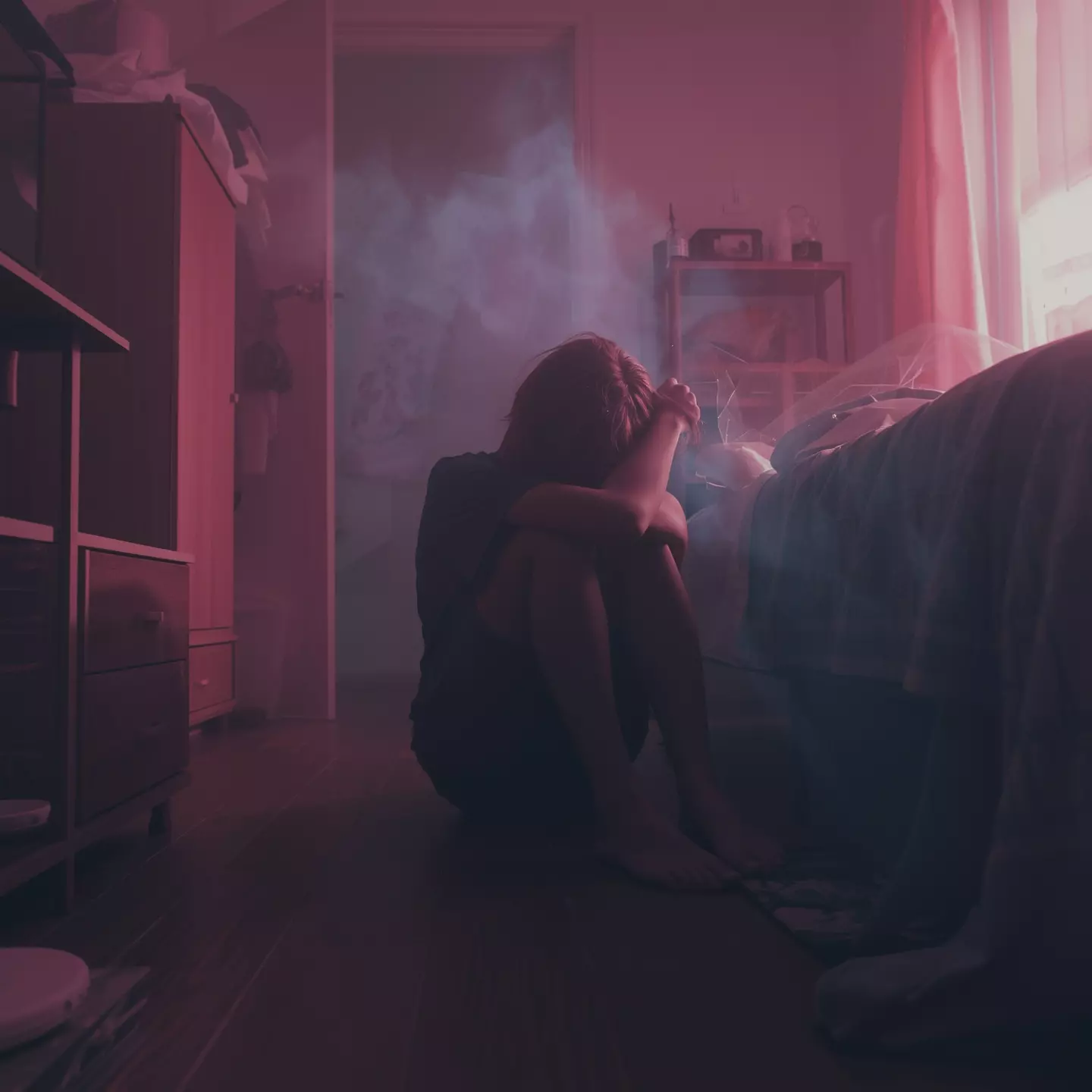Table of Contents
There’s a moment after a breakup when the world feels unbearably loud and empty at the same time. You wake up, and for a second, you forget. Then it hits—the absence, the silence, the reality.
Those early days of no contact are not about clarity or strength. They are about survival. You may wonder: What happens on No Contact Day 3, Day 7, and Day 14? The truth is, these days are not benchmarks of recovery but glimpses of the body and mind learning, slowly, how to live without someone they once depended on.
No Contact Day 3 – The Implosion

By the third day, the breakup is still echoing like an explosion inside your chest. Your body reacts as if it has lost a vital substance.
- Science shows the brain processes breakups like withdrawal from an addictive drug.
- Intrusive thoughts, panic, exhaustion, and even physical symptoms are common.
- Appetite may vanish. Sleep may fracture. Emotions come in uncontrollable waves.
This is not failure—it is your nervous system screaming at the sudden absence of connection.
The only task here: endure the implosion. No neat answers. Just breath after breath.
No Contact Day 7 – The Heavy Middle
A week into no contact, the grief does not vanish—it shifts form.
You may circle through emotions: anger in the morning, nostalgia in the afternoon, numbness at night. Research confirms distress and lower life satisfaction remain high in this stage.
If you’ve broken no contact, the healing resets and the pain may intensify. This is where doubt creeps in:
- “Why do I still feel broken?”
- “Shouldn’t I be healing faster?”
But the persistence of pain is not a sign you are stuck—it is proof your emotional system is still recalibrating.
Think of this stage as keeping a wound clean so it can begin to close, even if it still aches.

Coping with the First Month After a Breakup
Let’s examine coping with the first month after a breakup in: Shock, Panic & implosion, Managing Daily Overwhelm (Survival Mode), The No-Contact Gauntlet, Emotional Outbursts – Rage, Crying & “What Is Wrong With Me” Moments, Coping Alone vs Reaching Out and Your First Glimpse of Hope
Tap here to read more →No Contact Day 14 – The First Flicker

Two weeks in, something subtle begins.
The pain hasn’t vanished, but it may not feel as sharp. You may notice fleeting moments where your chest feels lighter.
Research suggests true relief doesn’t appear until weeks later (often around the 6-week mark). Still, Day 14 is significant because it carries the first signs of adaptation.
It’s the faintest clearing in a stormy sky—not the end of the storm, but proof survival is possible.
Final Word
Two weeks of no contact is not the end of grief. It is not the finish line. It is the foundation—the ground on which healing finally stands.
If you still feel broken at Day 14, it doesn’t mean you are failing. It means you are human, and your heart is still learning the language of absence.
Healing is coming—but it takes more time than we wish. Until then, survival is enough.
FAQ
Q1. What should I expect on No Contact Day 3?
On Day 3, emotions are often at their rawest. Many people experience shock, panic, and intrusive thoughts because the brain reacts to breakup loss like withdrawal. It’s normal to feel exhausted and overwhelmed in these first days.
Q2. Why does No Contact still feel so painful at Day 7?
By Day 7, grief hasn’t disappeared—it just changes shape. Emotional cycling between anger, sadness, and longing is common, and studies show distress is still high during the first week. This stage is about endurance, not immediate relief.
Q3. Does anything improve by No Contact Day 14?
By Day 14, some people notice small shifts: the pain may feel less sharp and moments of calm may appear. However, full healing usually takes several weeks, so this stage is more about the first signs of adaptation than complete recovery.
Q4. How long does it really take to heal after no contact starts?
Research suggests it takes around 6 weeks to notice real improvement and up to 11 weeks for many people to return to baseline well-being. No Contact Day 3, Day 7, and Day 14 are just the beginning—the foundation of longer-term healing.
Scientific Sources
-
AM Verhallen et al. (2021): Depressive symptom trajectory following romantic relationship dissolution
Key Finding: Identified distinct depressive symptom patterns post-breakup, showing variation in recovery trajectories during the early stages.
Why Relevant: Supports that emotional distress shifts notably within the first two weeks, explaining the turbulence around Day 3, 7, and 14.
https://www.ncbi.nlm.nih.gov/pmc/articles/PMC9786723/ -
Galena K. Rhoades et al. (2011): Breaking Up is Hard to Do: The Impact of Unmarried Relationship Dissolution on Mental Health and Life Satisfaction
Key Finding: Found significant increases in psychological distress and decreases in life satisfaction post-breakup, especially with continued contact.
Why Relevant: Reveals why No Contact is crucial, especially in the first 2 weeks where distress is most pronounced.
https://www.ncbi.nlm.nih.gov/pmc/articles/PMC3115386/ -
Romain Gouraud (TherapyDen blog, summarizing research) (2025): How Long Does It Take to Get Over a Breakup?
Key Finding: Recovery takes about 11 weeks on average, though shorter relationships may improve within six weeks.
Why Relevant: Shows that Day 14 is only the beginning stage, with true healing generally taking much longer.
https://www.therapyden.com/blog/getting-over-breakup-guide
- No Contact After Breakup: Why You Shouldn’t Tell Them (Powerful Truth)

- Break Free from the No Contact Relapse Loop: Powerful Steps to Heal Without Shame

- Digital Self-Harm: The Painful Truth About Social Media Stalking After a Breakup

- The Dopamine Trap: Breaking Free From Cravings After a Breakup

- Ex Watching Your Stories? The Powerful Truth You Need to Heal

- Should I Block My Ex? Powerful Breakup Strategy for Healing Fast

- The “Just One Text” Lie: Why No Contact After Breakup Heals Faster

- No Contact Day 3, Day 7, Day 14: Powerful Insights to Heal Faster

- The No Contact Rule Explained: Why This Proven Breakup Strategy Truly Works


Leave a Reply